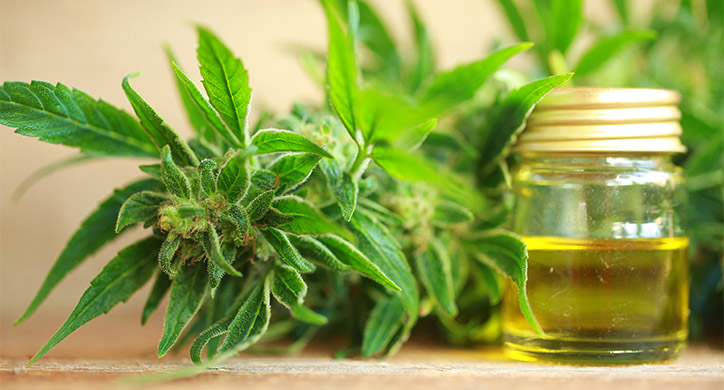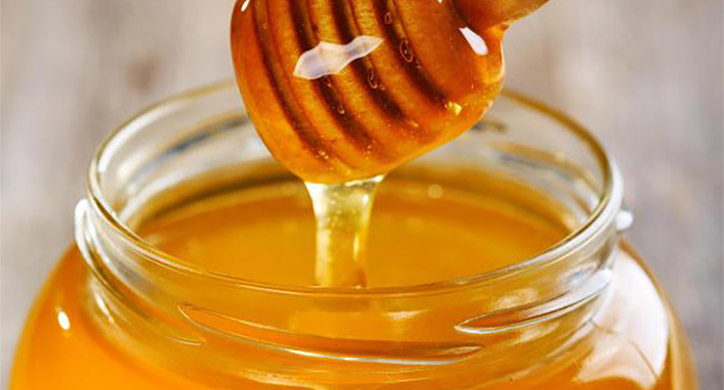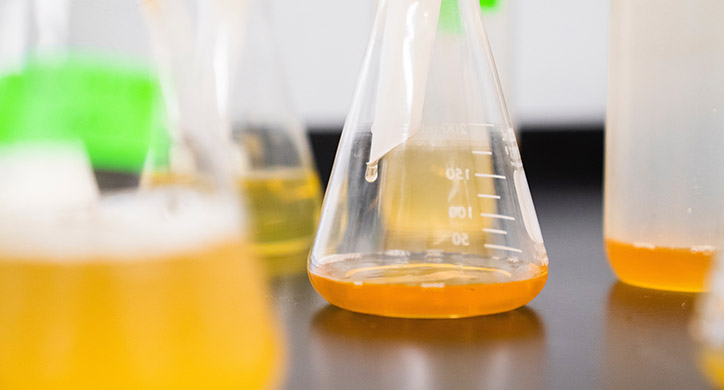Vegetables provide essential vitamins, minerals, and antioxidants that strengthen the immune system, prevent chronic diseases, and reduce inflammation. Failing to include sufficient fruits and vegetables in our diet can lead to nutrient deficiencies, inflammation, poor gut health, weakened immunity, resulting in an increased risk of heart disease, cancer, and obesity.
How do fruits and vegetables impact our health?
It is all about short chain fatty acids!
When you eat fruits and vegetables, they are digested in your gut, where the fibers and polyphenols act as prebiotics, feeding beneficial bacteria such as Bifidobacterium and Lactobacillus. These good bacteria ferment the dietary fibers, producing short-chain fatty acids (SCFAs) like butyrate, propionate, and acetate.
These SCFAs improve the gut barrier by promoting epithelial cell growth and mucus production, preventing pathogens from entering the bloodstream. Additionally, beneficial bacteria compete with harmful pathogens for nutrients and attachment sites, reducing the likelihood of infections.
Feeding these good bacteria boosts immune function by enhancing the activity of immune cells that kill pathogens. SCFAs promote the differentiation of regulatory T cells, which maintain immune balance, and enhance the function of dendritic cells, improving the adaptive immune response.
Beneficial bacteria also stimulate the production of antimicrobial peptides and enhance the activity of natural killer (NK) cells and macrophages, which directly kill infected or abnormal cells. Through these mechanisms, a diet rich in fruits and vegetables supports a robust immune system capable of effectively defending against harmful pathogens.
This guide will explore the top ten most nutrient-dense summer fruits and vegetables, detailing their nutritional benefits, health advantages, and delicious recipes to help you incorporate them into your diet. By understanding the science-backed benefits of these nutrient powerhouses, you can make informed choices that will help you get the most nutritious bang for your diet, supporting overall wellness and vitality.
Top 10 Nutritious Summer Fruits

Health Benefits:
Antioxidants: Berries are rich in anthocyanins, which give them their vibrant colors. These compounds help reduce inflammation and oxidative stress, which can lower the risk of chronic diseases such as heart disease and cancer.
Vitamin C: Essential for collagen production, which keeps skin firm and resilient. Consuming one cup of strawberries can provide more than 100% of the daily recommended intake.
Fiber: Promotes digestive health by aiding in regular bowel movements and feeding beneficial gut bacteria. One cup of raspberries provides 8 grams of fiber, which is 32% of the daily recommended intake.
Try this Berry Parfait recipe:
Layer Greek yogurt with mixed berries and a sprinkle of granola for a nutritious and delicious breakfast or snack

Health Benefits:
Lycopene: This powerful antioxidant is most abundant in cooked tomatoes. Lycopene has been linked to reduced risks of prostate cancer, cardiovascular disease, and sun damage to the skin. Consuming at least 10 mg of lycopene per day, equivalent to about 1.5 cups of cooked tomatoes, can significantly lower the risk of prostate cancer.
Vitamin C: Enhances immune function and skin health by promoting collagen synthesis. One medium tomato provides 19% of the daily recommended intake.
Potassium: Helps regulate blood pressure by balancing out the negative effects of sodium. One medium tomato provides 8% of the daily recommended intake.
Try this Caprese Salad recipe:
Slice fresh tomatoes and mozzarella, and top with basil leaves, olive oil, and balsamic vinegar for a refreshing summer salad.

Health Benefits:
Hydration: With 92% water content, watermelon helps keep the body hydrated, which is crucial for overall health, particularly in the summer. Eating two cups of watermelon can provide significant hydration.
Lycopene: Just like tomatoes, watermelon contains lycopene, which helps protect against heart disease and certain cancers. One cup of watermelon provides a substantial amount of this antioxidant.
Vitamin A: Important for eye health and immune function. One cup of watermelon provides 9% of the daily recommended intake.
Try this Watermelon Feta Salad recipe:
Combine cubed watermelon, feta cheese, mint leaves, and a drizzle of balsamic glaze for a hydrating and flavorful salad.

Health Benefits:
Anthocyanins: These antioxidants reduce inflammation and oxidative stress. Studies have shown that consuming 1.5 cups of cherries per day can significantly reduce inflammation markers.
Melatonin: Promotes better sleep and helps regulate the sleep-wake cycle. Consuming cherries or cherry juice can improve sleep quality.
Potassium: Helps maintain healthy blood pressure levels. One cup of cherries provides 9% of the daily recommended intake.
Try this Cherry Smoothie recipe:
Blend pitted cherries, Greek yogurt, a banana, and a splash of almond milk for a tasty and nutritious smoothie.

Health Benefits:
Beta-Carotene: Converts to vitamin A in the body, which is essential for eye health and immune function. Consuming one peach provides about 10% of the daily recommended intake.
Vitamin C: Supports skin health by promoting collagen production. One peach provides about 11% of the daily recommended intake.
Potassium: Aids in fluid balance and muscle contractions. One peach provides 8% of the daily recommended intake.
Try this recipe for Grilled Peaches:
Grill halved peaches and top with a dollop of Greek yogurt and a sprinkle of honey for a healthy dessert.

Health Benefits:
Sorbitol and Fiber: Natural laxatives that help improve bowel regularity and overall digestive health. Consuming 2-3 plums per day can help alleviate constipation.
Vitamin K: Essential for bone health and blood clotting. One plum provides 7% of the daily recommended intake.
Antioxidants: Protect cells from damage and reduce the risk of chronic diseases. Plums are rich in phenolic compounds that have been shown to have strong antioxidant effects.
Try this recipe for Plum Salad:
Slice plums and mix with arugula, goat cheese, and a light vinaigrette for a refreshing summer salad.

Health Benefits:
Bromelain: An enzyme that aids digestion, reduces inflammation, and can help alleviate sinusitis symptoms. Consuming 1 cup of pineapple provides enough bromelain to support digestive health.
Vitamin C: Boosts immune function and protects against oxidative stress. One cup of pineapple provides more than 100% of the daily recommended intake.
Manganese: Supports bone health and metabolic function. One cup of pineapple provides 76% of the daily recommended intake.
Try this recipe for Pineapple Salsa:
Mix diced pineapple, red onion, cilantro, and lime juice for a sweet and tangy salsa perfect for grilled fish or chicken.

Health Benefits:
Beta-carotene: Converts to vitamin A in the body, supporting vision, skin health, and immune function. Consuming 2-3 apricots provides about 25% of the daily recommended intake.
Vitamin C: Protects skin cells from damage and promotes collagen production. One apricot provides about 4% of the daily recommended intake.
Fiber: Aids digestion and helps maintain a healthy weight. Apricots provide soluble fiber, which helps lower cholesterol levels.
Try this recipe for Apricot Glazed Chicken:
Bake chicken breasts with a glaze made from apricot preserves, soy sauce, and garlic for a delicious and healthy main dish.

Health Benefits:
Beta-Carotene: Converts to vitamin A, supporting vision and immune function. One cup of mango provides 10% of the daily recommended intake.
Vitamin C: Boosts immune function and skin health. One cup of mango provides 67% of the daily recommended intake.
Folate: Essential for DNA synthesis and repair, especially important during pregnancy. One cup of mango provides 18% of the daily recommended intake.
Try this recipe for Mango Salsa:
Mix diced mango, red bell pepper, red onion, cilantro, and lime juice for a colorful and nutritious topping for grilled chicken or fish.

Health Benefits:
Resveratrol: A polyphenol that has been shown to reduce the risk of heart disease by improving blood vessel function and reducing inflammation. Consuming 1-2 cups of grapes can provide heart-protective benefits.
Vitamin K: Essential for bone health and blood clotting. One cup of grapes provides 28% of the daily recommended intake.
Antioxidants: Protect cells from oxidative damage, reducing the risk of chronic diseases. Grapes are rich in various antioxidants, including flavonoids.
Try this recipe for Grape and Walnut Salad:
Mix halved grapes with walnuts, mixed greens, and a light balsamic vinaigrette for a heart-healthy salad.
Top 10 Nutritious Summer Vegetables

Health Benefits:
Iron: Crucial for transporting oxygen in the blood. Consuming 1 cup of cooked spinach provides about 36% of the daily recommended intake for women and 81% for men.
Calcium: Essential for bone health. One cup of raw spinach provides 3% of the daily recommended intake.
Vitamin K: Supports bone health and helps with blood clotting. One cup of raw spinach provides 181% of the daily recommended intake.
Try this recipe for Spinach and Strawberry Salad:
Toss fresh spinach with sliced strawberries, walnuts, and a balsamic vinaigrette for a nutrient-packed salad.

Health Benefits:
Vitamin C: Essential for immune function and skin health. One cup of sliced bell peppers provides more than 200% of the daily recommended intake.
Vitamin A: Supports vision and immune function. One cup of sliced bell peppers provides 93% of the daily recommended intake.
Antioxidants: Bell peppers are rich in various antioxidants, including capsanthin, quercetin, and luteolin, which protect against oxidative stress and inflammation.
Try this recipe for Stuffed Bell Peppers:
Fill bell peppers with a mixture of quinoa, black beans, corn, and spices, then bake for a nutritious and colorful main dish.

Health Benefits:
Lower calorie: Zucchini is low in calories but high in essential nutrients, making it ideal for weight management. One cup of sliced zucchini contains only 19 calories.
Vitamin C: Supports immune function and skin health. One cup of sliced zucchini provides 25% of the daily recommended intake.
Fiber: Promotes digestive health and regularity. One cup of sliced zucchini provides 1.2 grams of fiber.
Try this recipe for Zucchini Noodles:
Spiralize zucchini into noodles and sauté with olive oil, garlic, and cherry tomatoes for a light and healthy pasta alternative.

Health Benefits:
Hydration: Cucumbers are 95% water, making them an excellent choice for staying hydrated. One cup of sliced cucumbers provides significant hydration.
Silica: Supports skin health by promoting collagen production. Cucumbers are a natural source of silica.
Weight Management: Low in calories but high in water content, cucumbers help you feel full while consuming fewer calories.
Try this recipe for Cucumber Salad:
Mix sliced cucumbers with red onion, dill, and a light vinaigrette for a refreshing summer side dish.

Health Benefits:
Nasunin: An antioxidant found in eggplant skin that protects cell membranes from damage. Consuming one cup of cooked eggplant provides a good amount of nasunin.
Fiber: Supports digestive health and regularity. One cup of cooked eggplant provides 10% of the daily recommended intake.
Potassium: Helps maintain healthy blood pressure levels. One cup of cooked eggplant provides 5% of the daily recommended intake.
Try this recipe for Eggplant Parmesan:
Layer slices of eggplant with marinara sauce and mozzarella cheese, and bake for a delicious and nutritious main dish.

Health Benefits:
Energy: Corn is a good source of complex carbohydrates, providing sustained energy. One ear of corn provides about 20 grams of carbohydrates.
Lutein and Zeaxanthin: Antioxidants that support eye health by protecting against cataracts and age-related macular degeneration. Corn is rich in these antioxidants.
Fiber: Aids digestion and helps maintain a healthy weight. One ear of corn provides 8% of the daily recommended intake.
Try this recipe for Grilled Corn:
Grill corn on the cob and top with a squeeze of lime, a sprinkle of chili powder, and a dash of cotija cheese for a tasty summer treat.

Health Benefits:
Vitamin K: Essential for bone health and blood clotting. One cup of raw green beans provides 18% of the daily recommended intake.
Vitamin A: Supports vision and immune function. One cup of raw green beans provides 14% of the daily recommended intake.
Fiber: Promotes digestive health and regularity. One cup of raw green beans provides 11% of the daily recommended intake.
Try this recipe for Green Bean Almondine:
Sauté green beans with sliced almonds and a squeeze of lemon juice for a nutritious and flavorful side dish.

Health Benefits:
Lower calorie: Summer squash is low in calories but high in essential nutrients, making it ideal for weight management. One cup of cooked summer squash contains only 36 calories.
Vitamin C: Supports immune function and skin health. One cup of cooked summer squash provides 25% of the daily recommended intake.
Fiber: Aids digestion and helps maintain a healthy weight. One cup of cooked summer squash provides 8% of the daily recommended intake.
Try this recipe for Stuffed Summer Squash:
Hollow out summer squash and fill with a mixture of quinoa, vegetables, and herbs, then bake for a nutritious and filling main dish.

Health Benefits:
Nitrates: Help lower blood pressure by relaxing blood vessels and improving blood flow. Consuming 1-2 cups of beet juice daily can significantly lower blood pressure.
Betalains: Antioxidants that reduce inflammation and protect cells from damage. Beets are rich in these antioxidants.
Folate: Essential for DNA synthesis and repair. One cup of cooked beets provides 37% of the daily recommended intake.
Try this recipe for Roasted Beet Salad:
Roast beets and toss with arugula, goat cheese, and a balsamic vinaigrette for a nutritious and flavorful salad.

Health Benefits:
Vitamin K: Essential for bone health and blood clotting. One cup of raw kale provides 684% of the daily recommended intake.
Vitamin A: Supports vision and immune function. One cup of raw kale provides 206% of the daily recommended intake.
Vitamin C: Boosts immune function and skin health. One cup of raw kale provides 89% of the daily recommended intake.
Try this recipe for a Simple Kale Salad:
This salad is made with massaged fresh kale, freshly-squeezed lemon juice, Parmesan, a drizzle of olive oil, and a sprinkling of your favorite nuts.
Summer is a perfect time to consume a colorful array of fruits and vegetables that help reduce the risk of chronic diseases such as heart disease, cancer, and diabetes. By including these nutrient powerhouses in your daily meals, you can ensure that your body receives the vital nutrients it needs to function effectively and protect against illness.
Go ahead and embrace the natural bounty of summer produce!
 But many of us may be accidentally sending our hormones the wrong instructions. According to the CDC, over 1 in 3 American adults are already insulin resistant — many without knowing it.
But many of us may be accidentally sending our hormones the wrong instructions. According to the CDC, over 1 in 3 American adults are already insulin resistant — many without knowing it. Produced by the pancreas, it responds to carbohydrates by clearing sugar from the blood and directing it to be stored or used for energy.
Produced by the pancreas, it responds to carbohydrates by clearing sugar from the blood and directing it to be stored or used for energy.If you’re worried you might be negatively impacting your hormonal health via your diet, consider the below, and if you check two or more or these, your body might be sending you warning signals that your diet isn’t giving it clear instructions:


 Cook up some fresh asparagus, add fresh-squeezed lemon, a sprinkling of olive oil, and a sprig of rosemary, and voila! You’ll have yourself a bistro-worthy creation to enjoy al fresco!
Cook up some fresh asparagus, add fresh-squeezed lemon, a sprinkling of olive oil, and a sprig of rosemary, and voila! You’ll have yourself a bistro-worthy creation to enjoy al fresco!




 Advocates claim it reduces inflammation, improves mental clarity, and helps manage glucose levels, and promotes weight loss. However, the reported benefits of this diet are more anecdotal than clinical. In fact, multiple studies cite the dangers of this diet, including
Advocates claim it reduces inflammation, improves mental clarity, and helps manage glucose levels, and promotes weight loss. However, the reported benefits of this diet are more anecdotal than clinical. In fact, multiple studies cite the dangers of this diet, including 
 For instance, high consumption of saturated fats like beef tallow – which
For instance, high consumption of saturated fats like beef tallow – which  Yes, ACV can slightly
Yes, ACV can slightly  Experts generally agree that most people, especially women and older adults,
Experts generally agree that most people, especially women and older adults, 

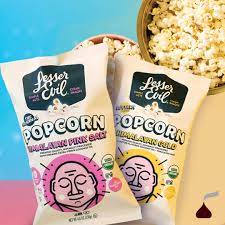
 General Mills has teamed up with
General Mills has teamed up with 

 This isn’t just about cooking with oil. It’s part of a broader philosophical divide. As institutional trust declines, many are turning to tradition and nature for guidance—assuming, sometimes wrongly, that these values offer more than modern science.
This isn’t just about cooking with oil. It’s part of a broader philosophical divide. As institutional trust declines, many are turning to tradition and nature for guidance—assuming, sometimes wrongly, that these values offer more than modern science.



 RFK is right: so many Americans are unhealthy.
RFK is right: so many Americans are unhealthy.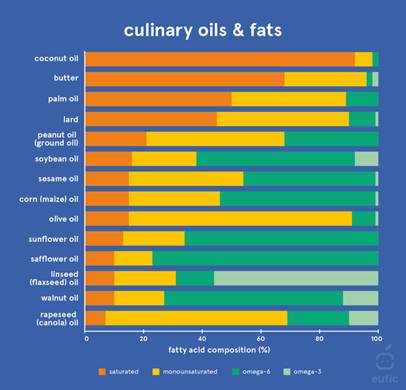



 Brands like
Brands like 
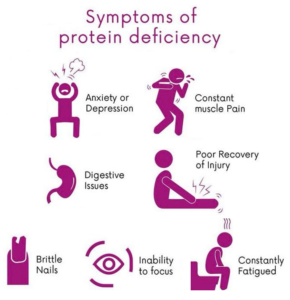







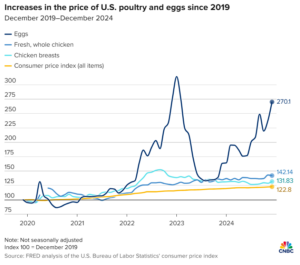
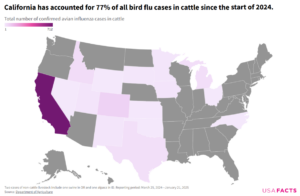
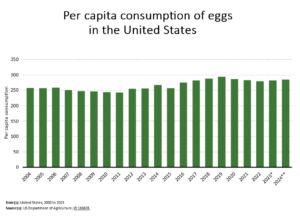
 A local supermarket worker described the retail situation in simple terms: “Eggs come in on Friday’s truck. By Monday, they are pretty much gone.”
A local supermarket worker described the retail situation in simple terms: “Eggs come in on Friday’s truck. By Monday, they are pretty much gone.”

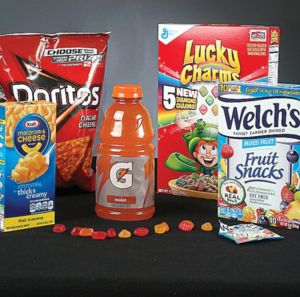 The FDA’s decision to act on Red Dye No. 3 after decades of inaction may signal a shift towards more proactive regulation of food additives.
The FDA’s decision to act on Red Dye No. 3 after decades of inaction may signal a shift towards more proactive regulation of food additives. There are many substitutes for Red Dye No. 3, such as beet juice, purple sweet potato extract, red cabbage extract, carmine, and pomegranate juice. These natural substitutes align with growing consumer preferences for clean-label ingredients. After all, many of us would rather consume pomegranate juice in Jell-o than red dye.
There are many substitutes for Red Dye No. 3, such as beet juice, purple sweet potato extract, red cabbage extract, carmine, and pomegranate juice. These natural substitutes align with growing consumer preferences for clean-label ingredients. After all, many of us would rather consume pomegranate juice in Jell-o than red dye.

 Spinach:
Spinach: 





 As for the salad…
As for the salad…






 This vitamin is essential for a healthy body, as it helps develop red blood cells,
This vitamin is essential for a healthy body, as it helps develop red blood cells,

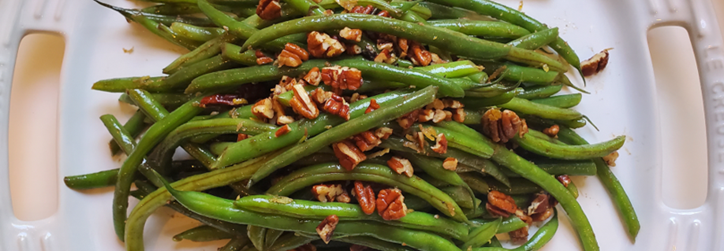



















 All-natural
All-natural 



 While protein can help you feel full and satisfied, consuming more protein than your body needs doesn’t magically become muscle…
While protein can help you feel full and satisfied, consuming more protein than your body needs doesn’t magically become muscle…







 They’re found in almost every culture and cuisine. Historians
They’re found in almost every culture and cuisine. Historians 





















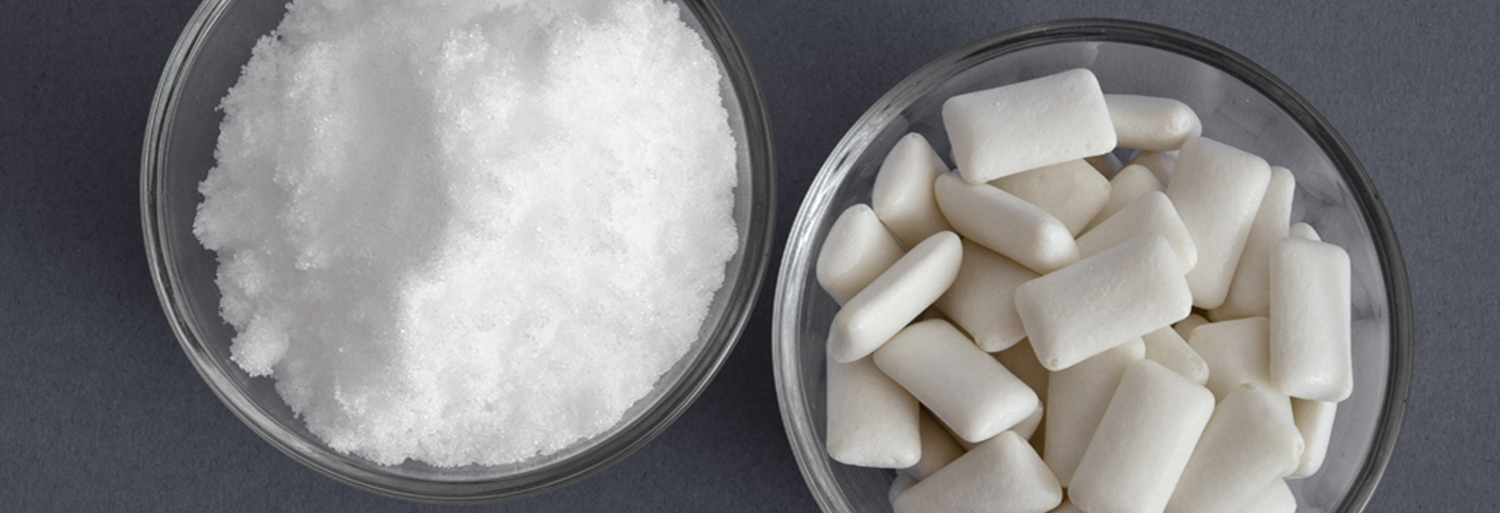

 Dental benefits
Dental benefits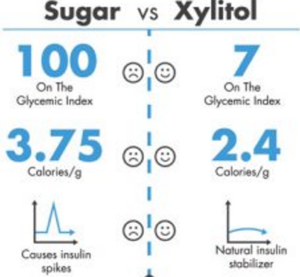 Glycemic control
Glycemic control




















































 Consider pairing this cheesecake with a
Consider pairing this cheesecake with a 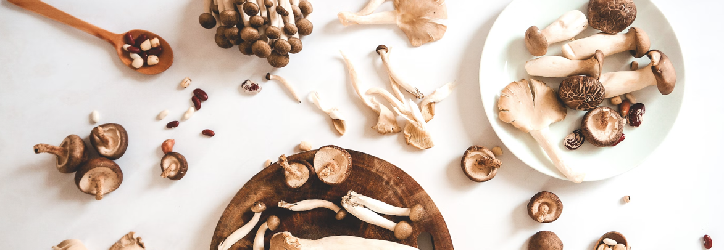


 Coincidentally, our next healthiest protein to grill is lean beef. Like we said above, we do not recommend replacing all red meat with non-meat substitutes, simply because
Coincidentally, our next healthiest protein to grill is lean beef. Like we said above, we do not recommend replacing all red meat with non-meat substitutes, simply because  Fish is not only great cooked on the grill, but it’s also extremely good for us! Whether it’s a white fish like tilapia and cod, or
Fish is not only great cooked on the grill, but it’s also extremely good for us! Whether it’s a white fish like tilapia and cod, or 


































































































